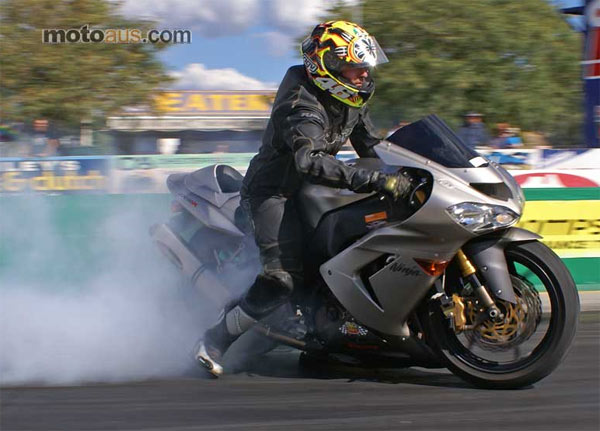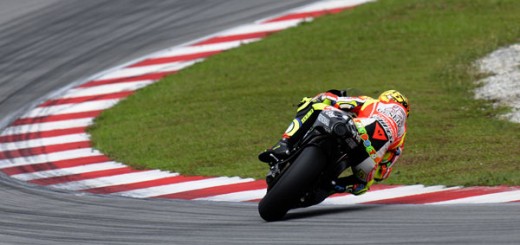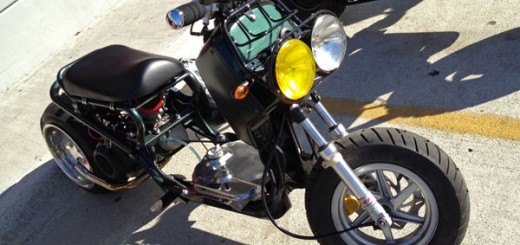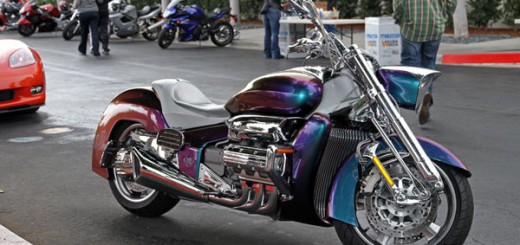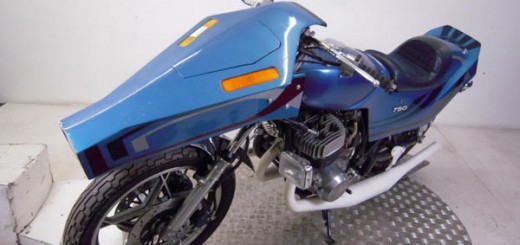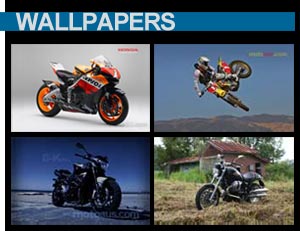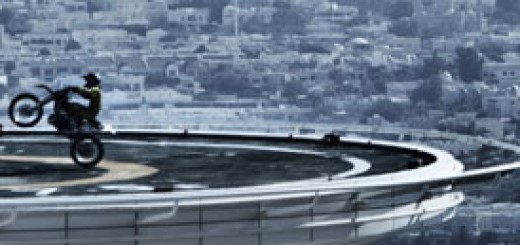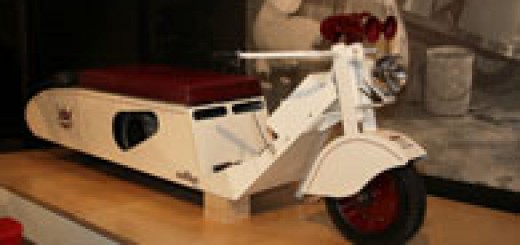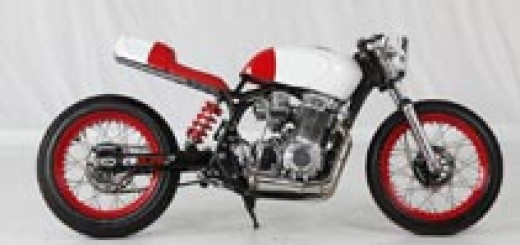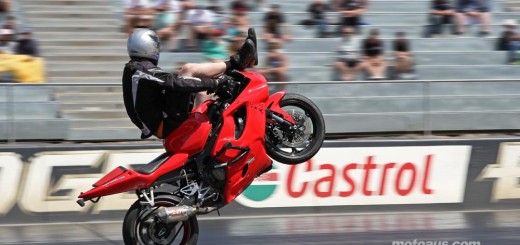 A look at some aspects of drag racing a street bike.
A look at some aspects of drag racing a street bike.
How to Drag Race a Motorcycle:
The Beginners Guide to Drag Racing a Motorcycle- Street Bike Edition
This article is currently being rewritten and will be updated soon.
Drag Racing a streetbike is dangerous, and this article was intended as a guide only, not as advice that should be followed. Riders experience levels differ, what may be easy and safe to one person, may be difficult and dangerous to another. If you are considering visiting a dragstrip with your streetbike, always wear appropriate saftey wear. We recommend full leathers and boots along with the correct safety rated helmet and gloves.
Remember, many a rider may offer advice, try it all to see what works for you. And remember, safety first, don’t try anything you’re not comfortable with!
Please use the following information with appropriate care!
Firstly, the following information is based on my own experiences racing Sportsbikes and is intended as a guide to some of the things that you will encounter when starting out drag racing. Many a rider may offer advice, try it all to see what works for you. And remember, safety first, don’t try anything you’re not comfortable with!
If you have never been to a drag strip before, take some time out first up to have a look at what the other riders are doing. Get someone to point out the various lights, the exact point of the start line, finish line and so forth. Once you have familiarised yourself, you need to establish a Race Plan, because once you have reached the start line, the race is half over!!

Make a habit of taking some quiet time before each pass to run through your mind exactly how you want to make the pass. As a minimum, consider burnout or not to burn out, Left or Right Foot Down, Tyre Track and Launch RPM- it may not happen that way, but at least you have something to work from.
I try to approach each pass down the drag strip with the exact same sequence from staging (pre start) to finish line, to try to eliminate wasted thinking and concentrate on the more important stuff. It also helps you to see progress in your riding, as you have something to gauge it against.
Making a Pass
I make sure the bike is fully warmed up and not just in the middle of the gauge, run it for a couple of minutes before hand. This way the bike should react consistently – all things being equal. It also has been known for some bikes to have picked up 2-3 mph when properly warmed. Regardless of doing a burnout or not, ride around the water to keep the front tyre dry. I’ve seen many a rider not paying attention, wet the front and low side their bike as they grab a handful of front brake when they go to pull up to stage.
 For most, the burnout will be optional, especially with the grip of modern day Sports Tyres and the time it takes for them to heat up. As you get faster, track condition and tyre temperatures may force you to consider doing a burnout due to tyre spin.
For most, the burnout will be optional, especially with the grip of modern day Sports Tyres and the time it takes for them to heat up. As you get faster, track condition and tyre temperatures may force you to consider doing a burnout due to tyre spin.
If this is your first pass on the track consider a small test hop to gauge the surface traction. Ride up to just before the start beams, (make sure you have had a look before your first run as to know exactly where they are) shut your visor if you haven’t done so and creep forward to stage. Beware of visor fog if running at night or in the cool. I sometimes leave mine open a notch. Aim to line up for the left or right tyre track which is usually visible on the track surface, as like on the road, this will be the stickiest part of the track and hopefully with no fluids dripped from cars.
Launching!
My Launch Position has me starting with my right foot down to allow my left foot to be ready for the up shift, some reverse this to use the brake to control wheelies. I manage this with clutch control.
A word of warning, if you have one foot heavily weighted on a peg and you launch hard, the bike can “steer” in that direction. However if you’re comfortable with fast starts on the road like this, you will probably find it OK. Alternatively, both feet down allows better balance but also requires quick reflexes to get them back in to normal riding position to allow for the shift into second once going, particularly with quick gearing. I suggest what ever you feel comfortable with.
When I stage, I move my crotch forward, then reach for the bars. I feel this gets as much weight over the front as is possible. My helmet is positioned so that the centre of the visor is just about to touch the screen and peering over. I do this on the Busa as it’s difficult to have full stretch with the standard screen; ideally you want to be lower but still forward. My weight is on the bike, not my toes. The right hand grabs the throttle high to help achieve full throttle quickly without having to take another “grab” at the throttle, with the left hand on the clutch, elbow about level.

A technique that I use on the line that may not suit everyone, is to use the front brake to bury the front end to try and help with wheelstands. I feel the little time lost by releasing the brake is easily made up by the advantage in weight transfer. Now I go up to the line and just barely turn the first staging light at the top of the start lights on. Get in the Launch Position, and then set the launch rpm. This will usually depend on the type of bike you are on, a 600 for example may need 7000 rpm, a Hayabusa can be launched from idle if you want.
Once it’s steady, I ease the clutch out to barely move the bike forward enough to turn the second light on. I ease the clutch back in just enough to keep the bike from moving. When the lights come down I let the clutch out quickly as the last amber is lit so that the bike jumps off the line with a little left over to feed the throttle. Too quick and the bike wheelies or bogs. If you bog, apply more throttle quicker. If the front comes up, don’t “pull” the clutch in. Just try to hold it where it is. The front will start to come back down. As it does start adding throttle, don’t let out the clutch faster. If you have to let off the throttle because of a wheelie, the pass is blown. Try again.
 If the front wheel is still on the ground, you’re not aggressive enough. Keep trying till you can have the front just clear of the pavement. Once the clutch is fully out, pin the throttle (if there is any left!). On a good pass the clutch is fully out past the 60′. You can see the 60 foot marker by its centre foam block on the track, a short distance past the start lights. Also I usually have my feet up at or around the 60′ and I’m in full tuck.
If the front wheel is still on the ground, you’re not aggressive enough. Keep trying till you can have the front just clear of the pavement. Once the clutch is fully out, pin the throttle (if there is any left!). On a good pass the clutch is fully out past the 60′. You can see the 60 foot marker by its centre foam block on the track, a short distance past the start lights. Also I usually have my feet up at or around the 60′ and I’m in full tuck.
Once I hit second gear, I slide my butt back to the hump and try my best to “become one” with the bike. I try to shift from around 500 rpm before and up to redline. Depending on your reactions you can shift on redline or even slightly past, better not to hit the limiter though. My shifts are clutchless to shave that bit more off.
Use your first pass as a shake down to gauge track conditions and to help settle in to a rhythm for the event. Track surfaces can be grippy one day and down right dangerous the next. If your pass is close to sequence, you can make a judgment on a range of things including tyre pressures, suspension settings, launch revs, track position. Keep working with what you have. Every time you change something, you have to re-learn how to make a pass.
Hope this information is found to be useful. Good luck at the track.
Copyright 2006 Shayne Homes
Motoaus.com note: The above was written as one persons personal opinion. Motor racing is dangerous. Results may vary, and no warranty is offered. May not be reproduced without the written permission of the author.
More Drag racing articles HERE
{mosbanner:id=6}
 A look at some aspects of drag racing a street bike.
A look at some aspects of drag racing a street bike. 


 For most, the burnout will be optional, especially with the grip of modern day Sports Tyres and the time it takes for them to heat up. As you get faster, track condition and tyre temperatures may force you to consider doing a burnout due to tyre spin.
For most, the burnout will be optional, especially with the grip of modern day Sports Tyres and the time it takes for them to heat up. As you get faster, track condition and tyre temperatures may force you to consider doing a burnout due to tyre spin.
 If the front wheel is still on the ground, you’re not aggressive enough. Keep trying till you can have the front just clear of the pavement. Once the clutch is fully out, pin the throttle (if there is any left!). On a good pass the clutch is fully out past the 60′. You can see the 60 foot marker by its centre foam block on the track, a short distance past the start lights. Also I usually have my feet up at or around the 60′ and I’m in full tuck.
If the front wheel is still on the ground, you’re not aggressive enough. Keep trying till you can have the front just clear of the pavement. Once the clutch is fully out, pin the throttle (if there is any left!). On a good pass the clutch is fully out past the 60′. You can see the 60 foot marker by its centre foam block on the track, a short distance past the start lights. Also I usually have my feet up at or around the 60′ and I’m in full tuck.